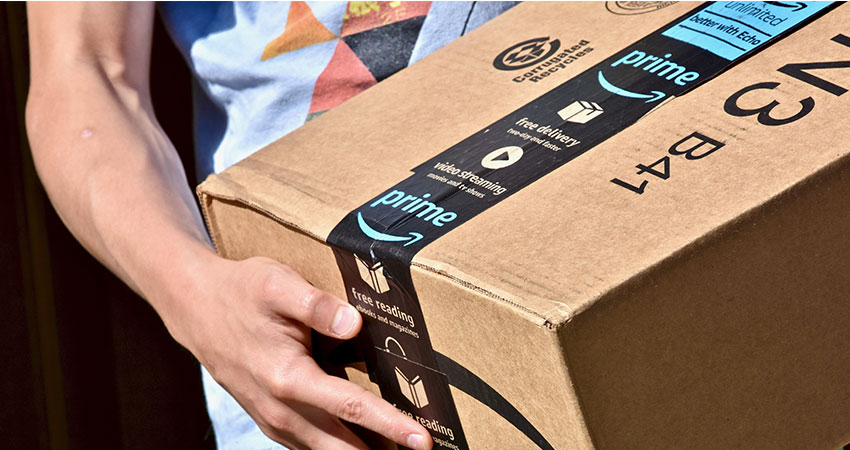Considering that the average American spends almost half their day tied to a screen, it’s no surprise they start their shopping journey online. They’re entering stores ready to buy, having already researched their purchase online. And with ecommerce giants like Amazon and Nordstrom streamlining the online buying and delivery process, customers have a newfound expectation for “white glove” customer service, regardless of what they’re buying.
Knowing this desire for superior service and the intrinsic link between digital browsing and in-store buying, retailers need to get smarter about how they’re selling. Though it may seem daunting, this new paradigm of retail is really an opportunity to engage with customers in an entirely new way. While it’s unrealistic to think that small businesses can compete ecommerce behemoths like Amazon, there are key digital marketing strategies that can help them “coexist” in this changing landscape.
Adopt an Omnichannel Strategy
First, it’s important to realize that while most shoppers start the buying journey online, 90% of them still prefer to buy in an actual store. This is especially true for considered purchase categories, which are big-ticket items that shoppers research heavily before buying (i.e. home appliances, mattresses, cars etc.). Retailers need to focus on engaging buyers online first, to ensure that your company is top of mind when they do decide to make a purchase.
The key to reaching customers online is meeting them where they are. The New York Times recently reported that that consumers spend an average of 50 minutes a day on Facebook or Instagram. That may seem like a small number, but in the grand scheme of things – it’s huge. That’s 50 minutes of opportunity to attract potential buyers through rich media, video or targeted advertising campaigns.
Further, if you’re only trying to attract laptop shoppers, you’re missing out on a huge buying group. Today’s shoppers are mobile: 66% report accessing the internet on their phone while in a physical store (Forrester). Retailers need to ensure their website is optimized for mobile and their business listing are updated in Google so they’re easily found in relevant searches.
Make it Easy for Customers to do Business with You
Companies like Amazon, Nordstrom and Zappos have completely streamlined the shopping experience, and in-turn, changed customer expectations indefinitely. They’ve won over customers by providing exceptional experience, offering quick deliveries at a low cost and making returns simpler than ever.
With the bar set high, retailers need to focus on making sure they’re easy to do business with both in-store and via online channels. Having a user-friendly website with inventory and contact information available is the first step. If people can’t find the information they need online, they’ll likely move on and presume you don’t exist.
Beyond having a website that’s user friendly and mobile optimized, retailers need to provide a level of engagement that rivals that of big brands. Is your organization monitoring and responding to online reviews? With online reviews being such a key resource in the buyer’s decision-making process (84 percent say they trust them as much as a personal recommendation, according to BrightLocal), it’s important that you’re encouraging happy customers to share their experience and quickly responding and reacting to negative feedback.
Make Local Roots Your Advantage
Regardless of the product your selling, at the end of the day, experience will always win. Today’s retailers need to leverage what they’re good at and not try to “compete” with ecommerce giants. Local businesses have the advantage of interpersonal relationships with their niche customer base – they’re generally a key part of the local economy and community as a whole. Now, these connections need to be digitized, reaching their customers on platforms they use every day.
Today’s hyper-connected shoppers have rewritten the retail game, and Amazon has raised the stakes. It’s time for small and local retailers to adapt to this new path to purchase and focus on getting people through their digital door before their physical one.
John Doherty is Executive Vice President of Sales and Marketing for Netsertive

